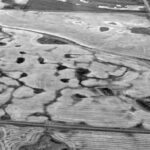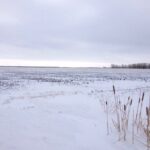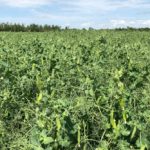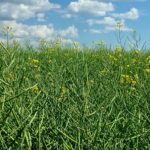It’s been a scorcher across the Prairies this year. Even the typically moist Red River Valley registered exceptional drought last summer and western farmers are seriously hoping for snow cover this winter to bring those soil moisture levels up. Masaki Hayashi, a professor with the University of Calgary’s geoscience department, says that’s only half of













